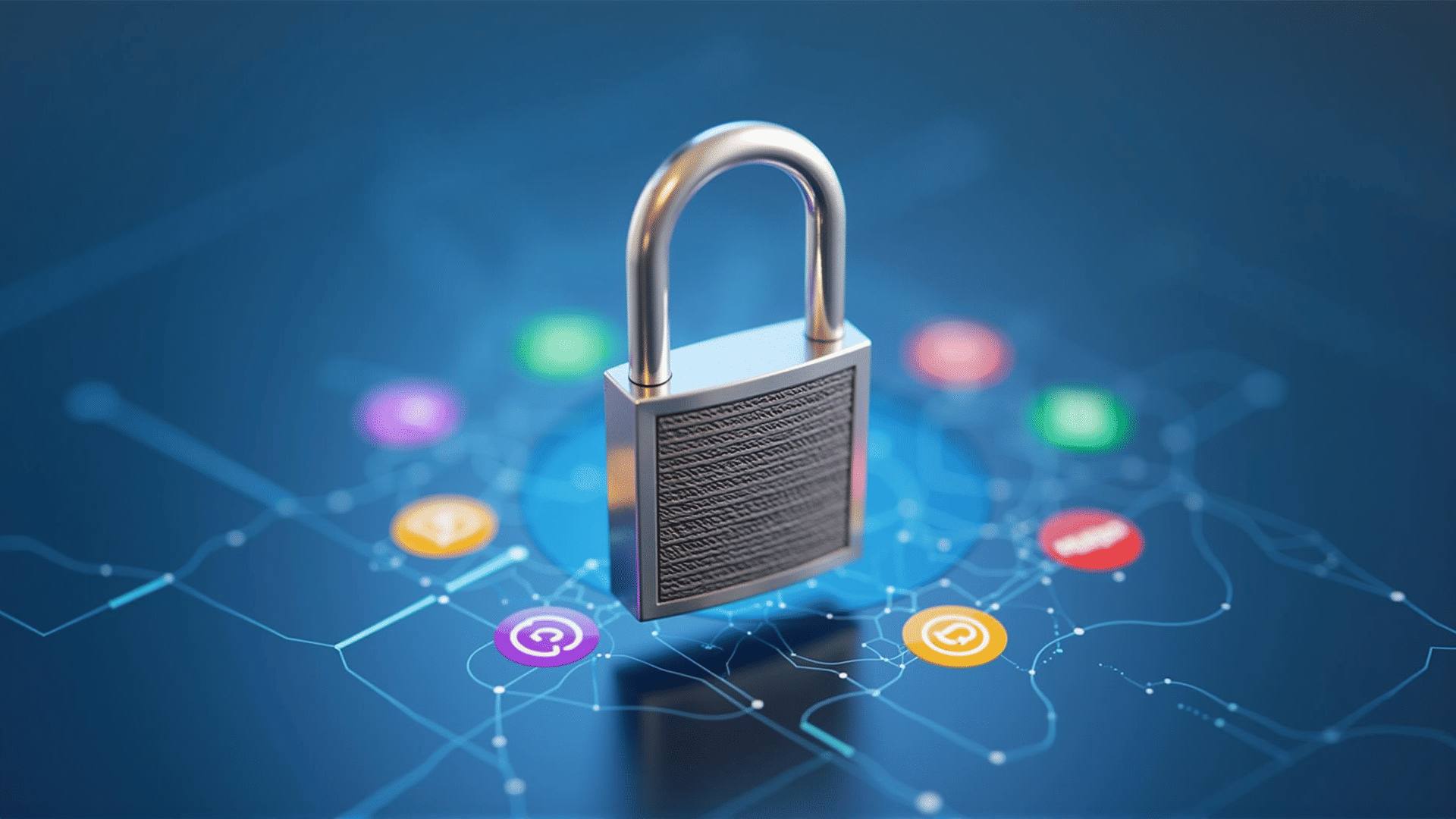In today’s increasingly interconnected digital landscape, ensuring robust security and compliance for mobile applications is not just a best practice—it's a necessity. With cyber threats becoming more sophisticated and regulations tightening globally, app developers are tasked with building applications that are not only innovative but also secure and compliant with industry standards. For developers targeting Apple’s ecosystem, aligning with Apple's stringent security and privacy standards is crucial to gaining user trust and approval.
One of the primary steps in achieving robust security is understanding Apple's comprehensive security guidelines. Apple's ecosystem is renowned for its closed environment and strict App Store review process, which emphasizes safeguarding user data. Developers must pay close attention to Apple's Human Interface Guidelines and Security Frameworks, which cover every aspect from data encryption to user authentication. Ensuring that an app uses the latest APIs and frameworks provided by Apple can significantly minimize vulnerabilities.
Compliance, on the other hand, goes hand in hand with security. Within Apple's environment, this does not just mean adhering to technical requirements but also respecting privacy regulations such as the General Data Protection Regulation (GDPR) for European users or the California Consumer Privacy Act (CCPA) for those in the United States. Apple’s App Store Review Guidelines include commitments to user data protection that reflect many of these global regulations, requiring app developers to implement features like transparent data collection practices and clear privacy policies.
Data encryption and secure storage play a pivotal role in building trust with users. Apple provides several built-in tools such as Keychain for secure storage of passwords and sensitive information, alongside Secure Enclave technology for protecting cryptographic keys. Implementing these tools ensures that user data is not only encrypted but also stored safely, mitigating the risk of unauthorized access.
Another aspect of maintaining security involves regular updates and patches. Apple frequently releases updates to its operating systems to address known vulnerabilities. Developers should take advantage of these updates, ensuring that apps remain secure against the latest threats. Additionally, thorough testing, including penetration testing, can help identify and rectify potential security weaknesses before they can be exploited.
Moreover, user authentication is a vital component of app security. Utilizing Apple's secure methods like biometric authentication via Touch ID or Face ID can provide users with seamless yet secure access to apps. This not only enhances user experience but also fortifies application security by adding an additional layer of protection.
Transparency is essential for fostering trust. Developers should openly communicate the data practices of their applications. Apple’s privacy labels, introduced to the App Store, serve as a mechanism for developers to disclose how apps handle data, providing users with the necessary information to make informed decisions.
In conclusion, developing apps that are secure and compliant with Apple's standards involves a multifaceted approach. By leveraging Apple’s ecosystem tools, observing regulatory requirements, and maintaining transparency with app users, developers can create applications that are dependable and trustworthy. In doing so, they not only meet the high standards set by Apple but also build enduring trust with users, ensuring their place in a competitive app marketplace.
